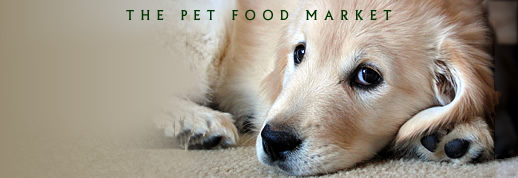|
|||||||||||||||||
|
New Zealanders have a very high involvement with cats and dogs. 64% of New Zealand's households are home to at least one companion animal, one of the highest percentages of companion animals in the world. Over 44% of households own at least one cat , making it the highest cat ownership rate in the world. That is more than a million cats! Just over 28% of households own a dog. Ownership is reducing slightly . Medium and large breeds are most popular but there is a definite trend towards smaller breeds. In the prepared petfood market supermarkets dominate with 85% of the market. The rest is split between vet, pet shops and the rural sectors. The market information that follows is related to the supermarkets. The cat food market has a total volume of 30,836 tonnes at a value of $272.3 million.
The dog food market has a total volume of 42,940 tonnes at a value of $209.2 million.
Back to the top |
||||||||||||||||||||||||||||||||||||||||||||||
|
|||||||||||

